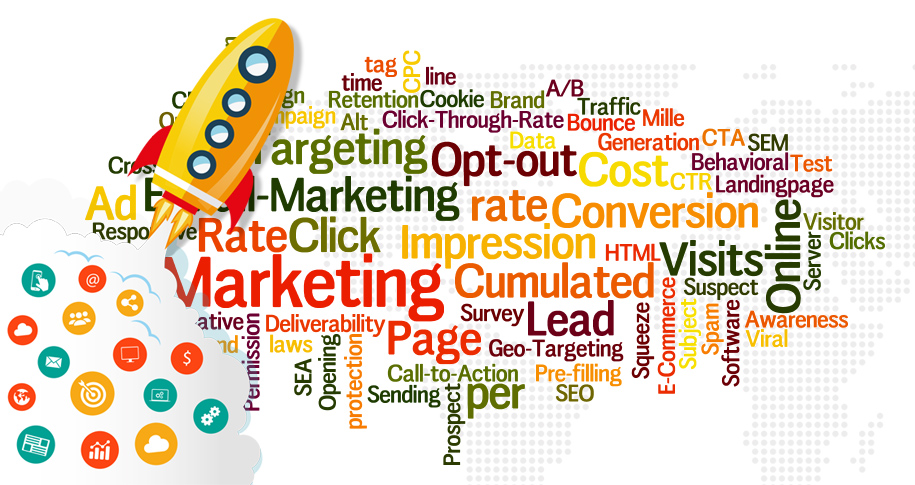What Is Engagement Rate?
Engagement rate refers to a metric that measures the level of interaction and participation a piece of content or a brand’s profile receives from its audience. It is typically calculated as the ratio of interactions (likes, comments, shares, clicks) to the total number of followers, views, or impressions. This metric helps businesses gauge how effectively their content resonates with the audience and how much interest it generates.
Why Is Engagement Rate Important?
- Measures Content Effectiveness
Engagement rate is a direct indicator of how well your content is engaging your audience. High engagement shows that your content is relevant, interesting, and encourages the audience to interact, while low engagement suggests that it may not be resonating with your target demographic. - Indicates Brand Loyalty
A higher engagement rate suggests that your audience feels connected to your brand and is more likely to take further actions such as making a purchase, sharing content, or recommending the brand. This indicates strong brand loyalty. - Helps Adjust Marketing Strategies
Engagement rate offers valuable insights into which types of content are performing well and which aren’t. By analyzing engagement patterns, businesses can optimize their content strategy, focusing more on what resonates with their audience. - Improves Organic Reach
On social media platforms, content with higher engagement rates often gets boosted in algorithms, meaning it is more likely to appear in followers’ feeds. Increased interaction leads to better organic reach, which can reduce the need for paid promotion. - Boosts Conversion Rates
When users engage with your content, it indicates a higher likelihood of them progressing further in the sales funnel. Engaged users are more likely to convert into paying customers or take desired actions.
How to Improve Engagement Rate
- Create Shareable Content
Develop content that’s interesting, relatable, and likely to be shared. This could include educational content, entertaining videos, memes, or posts that spark discussion. - Encourage User Interaction
Actively prompt your audience to interact with your content. Ask questions, request feedback, or run polls and surveys to encourage comments and reactions. - Post Consistently
Maintaining a consistent posting schedule keeps your audience engaged and reinforces your presence in their feed. Consistency also helps build familiarity and trust with your audience. - Use Visuals
Visual content such as images, infographics, and videos tend to get more attention and engagement than text-based content. Utilize high-quality visuals that are eye-catching and relevant to your audience’s interests. - Engage with Your Audience
Respond to comments, direct messages, and mentions. Engaging with your audience not only boosts your engagement rate but also helps build a community around your brand.
Challenges with Engagement Rate
- Low Organic Reach
Social media algorithms often prioritize content from users’ friends and family over brands, which can result in lower organic reach. Businesses need to be strategic to cut through the noise and ensure their content is seen. - Fluctuations in Engagement
Engagement rates can fluctuate due to factors such as seasonality, trending topics, or changes in platform algorithms. Monitoring trends and adapting content strategies is key to maintaining consistent engagement. - Avoiding Fake Engagement
Some businesses may resort to purchasing likes or followers to boost engagement numbers. This can be detrimental to long-term brand trust and leads to inflated engagement metrics that don’t translate into real interactions or conversions.
Conclusion
Engagement rate is a crucial metric that helps businesses assess the success of their content and marketing efforts. A higher engagement rate reflects content that resonates with the audience, fosters brand loyalty, and drives conversions. By creating valuable content, engaging with followers, and analyzing performance, brands can improve their engagement rate and achieve better marketing outcomes.
